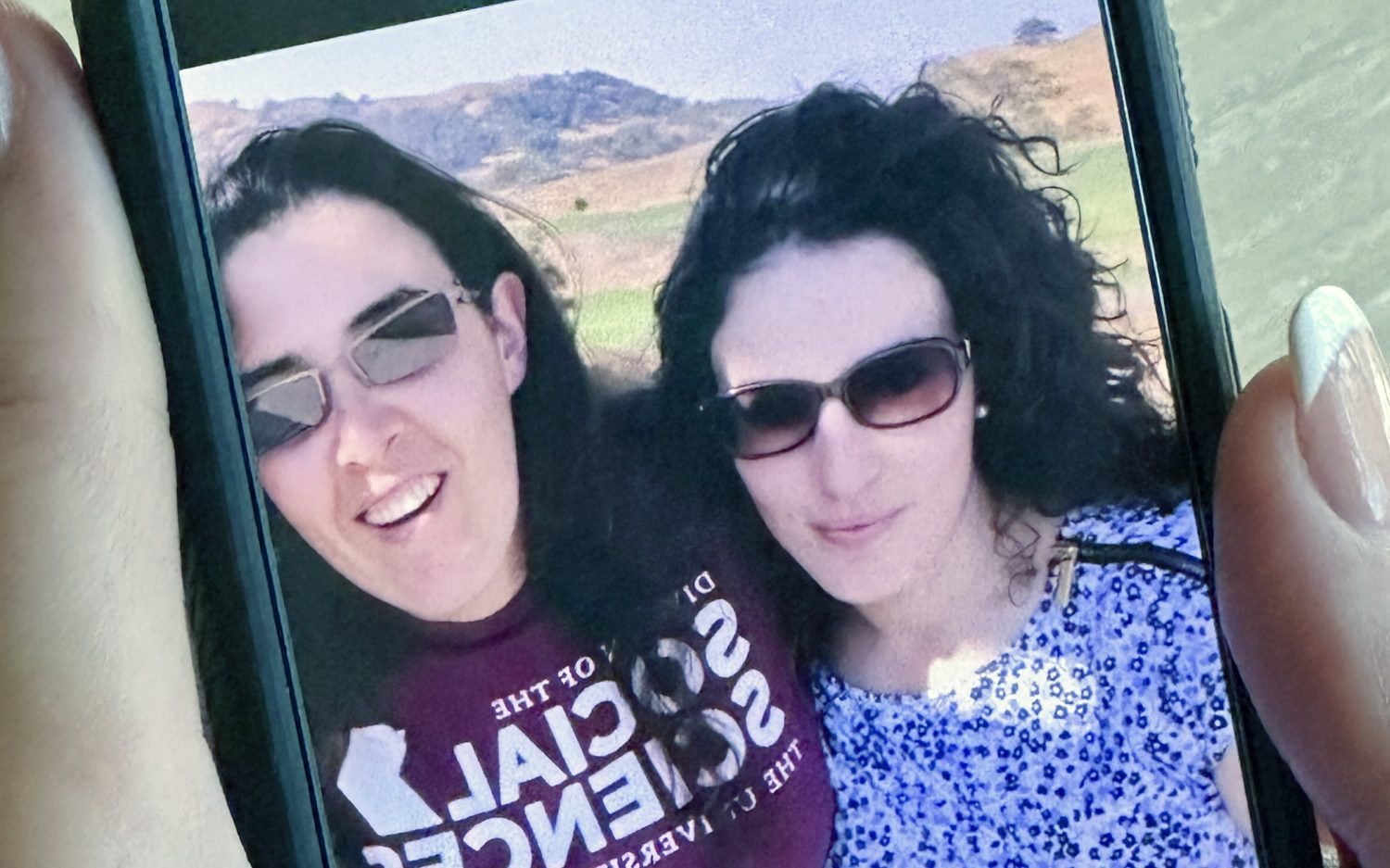Hearing loss takes the fun out of loud toys
It only takes 15 minutes of playtime for a loud toy—anything 100 decibels (dB) or louder, about the volume of a jackhammer—to damage a child’s hearing, according to The Sight & Hearing Association (SHA).
Seven of the 18 toys selected for testing this year by SHA emitted noises above that limit, reported the Academy of Doctors of Audiology. In young children, even noise levels below 100 dB can have a cumulative effect, gradually causing damage over time. Nearly 50 million Americans—and 1 in 5 teenagers—have hearing loss in at least one ear. About 26 million Americans between the ages of 20 and 69 have high-frequency hearing loss due to exposure to loud noises, according to the Hearing Health Foundation.
Toys are required to meet the acoustic standard for noise—no more than 85 dB at a distance of 50 cm from the surface of the toy, approximately the arm length of an adult. When children put a loud toy near their face, they are often exposed to noise levels of 120 dB or greater, according to the Mayo Clinic. That’s louder than an airplane taking off.
This Christmas, parents can do several things to limit their children’s exposure to dangerously loud toys. SHA recommends testing the noise level of a toy before deciding to buy it. Parents should hold the toy close to the face or crouch down to the height of the child to experience the noise level the same way the child would. If it is too loud for an adult, it is too loud for a child.
Covering speakers with clear packing tape limits noise levels and makes the toy safer. Parents can make better decisions about toy purchases by researching this year’s “Noisy Toys” list. If a child receives loud toys for Christmas, parents should limit playtime with the toy and shut it off periodically to give the child’s ears a rest.
For older children, parents should monitor headphone use. If a parent can hear the music when the child has headphones on, the noise level is too loud. Parents can buy output-limiting headphones that limit the noise level to 85 dB, considered a safe level for up to 8 hours. Noise-canceling headphones decrease background noise, allowing the teen to decrease the volume.
If musical instruments are on the Christmas list this year, Mayo Clinic recommends using musician earplugs that limit decibels without hindering musical quality. Drum pads enable drummers to practice quietly. Young musicians should practice in intervals of 30 minutes to an hour and then take a break for the same length of time.
An actual newsletter worth subscribing to instead of just a collection of links. —Adam
Sign up to receive The Sift email newsletter each weekday morning for the latest headlines from WORLD’s breaking news team.





Please wait while we load the latest comments...
Comments
Please register, subscribe, or log in to comment on this article.